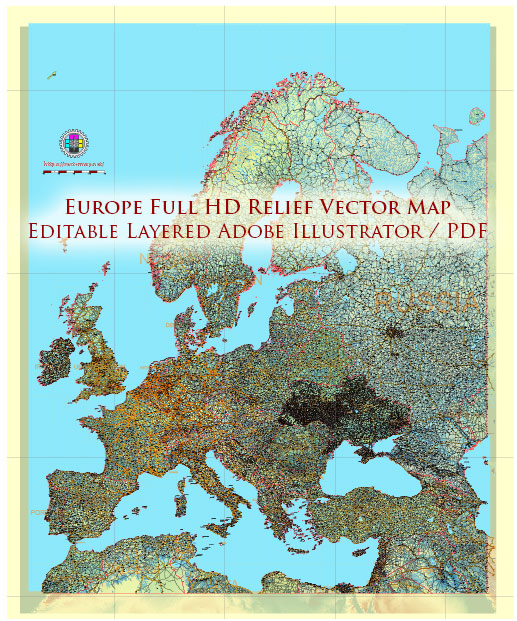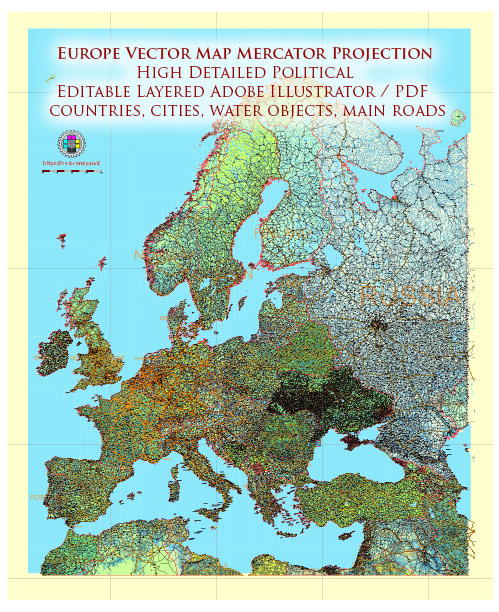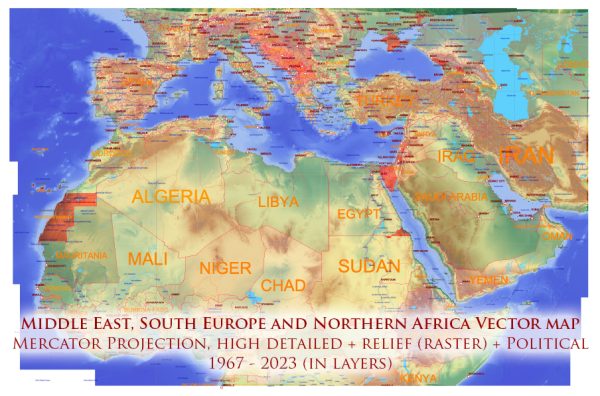Ancient maps of Europe vary in terms of style, accuracy, and the information they convey. Here’s a general overview of some notable characteristics:
- Parchment and Manuscripts:
- Many ancient maps were hand-drawn on parchment or vellum, often by skilled cartographers or monks.
- Illuminated manuscripts sometimes accompanied these maps, featuring intricate illustrations and additional information.
- Religious Influence:
- Maps from the medieval period often incorporated religious themes, with Jerusalem positioned at the center.
- Religious symbols, such as crosses, were commonly used to denote important locations.
- Inaccuracy and Speculation:
- Ancient maps were often inaccurate by modern standards. Cartographers had limited access to accurate measurements and often relied on estimations.
- Some maps included mythical creatures, legendary lands, and speculative geography, as there was a lack of concrete knowledge about distant regions.
- Portolan Charts:
- In the medieval and Renaissance periods, portolan charts gained popularity among sailors. These detailed maps focused on coastal features, helping navigators plot their courses.
- Portolan charts often featured compass roses, rhumb lines, and coastal place names.
- Mappa Mundi:
- Mappa Mundi, or medieval world maps, were circular and depicted a combination of geography, history, and religious beliefs.
- They were often richly decorated and included biblical scenes, legendary creatures, and depictions of various cultures.
- Regional Emphasis:
- Different regions of Europe produced maps with varying emphases. For example, maps from the Renaissance in Italy might be more artistic and scientifically oriented, while maps from the medieval period in northern Europe might have a stronger religious influence.
- Decorative Elements:
- Maps were often embellished with decorative elements, such as elaborate compass roses, sea monsters, and illustrations of notable landmarks.
- Elaborate border decorations and ornate titles were common, reflecting the artistic styles of the time.
- Evolution Over Time:
- Over the centuries, maps evolved as exploration and knowledge increased. The Age of Exploration, starting in the 15th century, brought about more accurate representations of coastlines and distant lands.
- Surviving Examples:
- Many ancient maps have been preserved in libraries, archives, and museums. These surviving examples provide valuable insights into the perceptions and knowledge of the time.
Studying ancient maps of Europe offers a fascinating glimpse into the historical, cultural, and technological contexts of different periods. It also highlights the evolution of cartography as a discipline.




 Author: Kirill Shrayber, Ph.D.
Author: Kirill Shrayber, Ph.D.